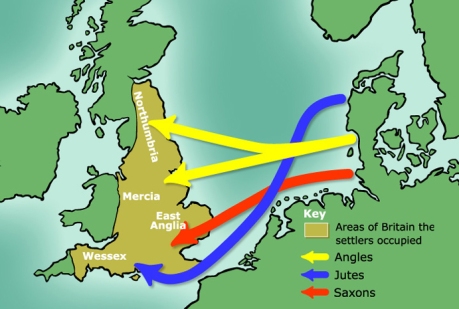adamo
Junior Member
- Messages
- 2,120
- Reaction score
- 74
- Points
- 0
- Y-DNA haplogroup
- T1a1a3 (T-PF7443)
- mtDNA haplogroup
- H
Yes that's correct, Scottish have a lot of R-L21, the Irish variety, they are more Irish subclade than the English they're more "insular Celtic" if you will, as you said more "Celtic". But they also do have the Germanic S-21 at much lower levels unlike men from Ireland who barely have S-21 and are dominantly L-21. English have about the same of the Germanic S-21 Clade found in highest frequencies in Netherlands, Germany, Austria, Denmark, England and such and also R-L21. But, especially on the west coast of England, they also have present of the L-21 Irish Clade. Both subgroups are present in both countries , just the English in total have more S-21 than scots while the scots have more L-21. Look up maps of haplogroup R1b subclades on this very website provided by what seems to me to be an information god, a user called maciamo. Or even google it and you'll find photos of r1b M269 subclades such as R-L21, R-S21 and R-S28 to see which countries have highest frequencies of which subclades! : ) but to answer the question yes, Scottish are more predominantly L-21' English are a 50-50 R-S21and R-L21 if we exclude other rarer but still found subgroups, these are the predominant Anglo ones.


